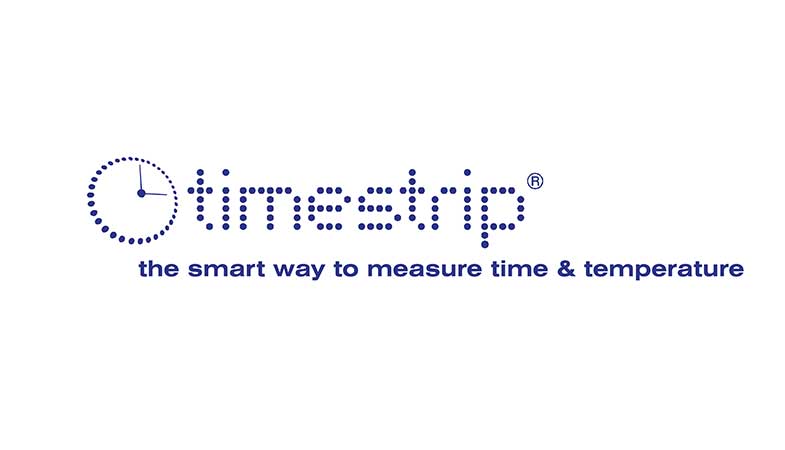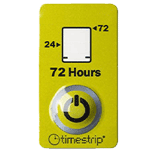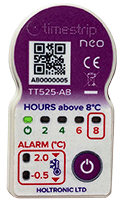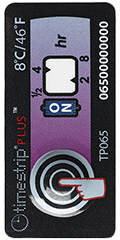
Restaurants and seafood cold chain monitoring: trust, experience and correct protocols
Maintaining a correct cold chain is essential in managing the supply of seafood products in order to avoid contamination and food poisoning, especially from C Botulism. For restaurants and retailers, who are towards the end of a typical cold chain, ensuring this has occurred prior to delivery is a particular concern. Failure in this area can have dire consequences, both in cost and PR terms, and for consumers, they can be extremely dangerous and in some cases lethal.
C Bot seafood recall alert
In June for instance, the FDA website published an alert about a Florida-based supplier of tuna products that was obliged to initiate a US-wide product recall due to suspected C Botulism contamination of its product.
The manager of one major London restaurant says that the main ways his establishment monitors the quality of the seafood it orders are visual and olfactory inspection of the product upon receipt and the use of trusted suppliers that have the correct certification. The products are also checked upon receipt with temperature probes.
He says that a contaminated seafood product will “not look right”, that it will look “sweaty” and for fish as opposed to shellfish, that the eyes of fish that have “gone off” will look “dead looking”.
He also says that contaminated fish will have a distinct unpleasant smell and that his rule of thumb is “discard fish that smells fishy”.
He says that the scenario of the refrigerated delivery truck whose engine was switched off for a number of hours prior to delivery needn’t necessarily lead to a fall in the refrigerated ambient temperature within it as long as the truck’s doors haven’t been opened.
He adds that major points of sale of seafood products such as Billingsgate market in south-east London have power points specifically to ensure that the refrigeration units of delivery trucks are kept on, thus ensuring that the seafood products they are carrying are kept at the correct cooled or frozen temperatures.
He does concede though, that for oysters specifically, in his 40 years’ experience as a restaurant professional, statistically all restaurants that offer them will occasionally serve oysters that lead to food poisoning.
Lastly, he says that in his experience restaurants are extremely rigorous in the correct application of good food management principles and most cases of food poisoning from contaminated seafood in fact occur in private residences where there is much less awareness of these principles.
Furthermore, he says that among people who aren’t professionals of the food industry, there is also a poor understanding of food poisoning and in all suspected cases enquiries are always made about what was eaten in the previous 72 hours as invariably the cause of the incident was not what was last consumed.
Across the Channel in France, a similar approach also exists with a specialist Marseille-based seafood restaurant and retailer that has two busy branches and has been operating for over 60 years.
The manager of this business, who deals the most with quality and cold chain monitoring, says for him visual inspection of seafood products upon receipt of new stock is his most useful tool to determine whether an appropriate cold chain has been maintained.
He says fish that is spoiled due to not having been kept at the correct cooled temperature will “not feel right” and “not have the right firmness”. This, he says, occurs even before the product starts to smell bad.
He also knows that fish that is spoiled always have eyes that are not the correct colour, which is another indication that they haven't been kept at the correct chilled temperature prior to delivery.
Another aspect of how his restaurant ensures the quality of the products they serve is to only use trusted suppliers and not to deal with intermediaries. Because of these strong longstanding relationships, his business benefits from a “no questions asked” returns policy.
He also says experience is also key, pointing to the 60+ years his establishment has been in existence.
However, like his counterpart in the UK, beyond many years’ professional experience and the use of trusted suppliers and mainly visual inspection of seafood products upon receipt, no cold chain monitoring tools are used.
Both also were emphatic about stressing the value of their respective establishment’s reputation and how damaging an outbreak of food poisoning would be. This, they both said, was always one of the main issues at the front of their minds when they managed their seafood products.
However at one of Marseille’s main teaching hospitals, one senior nurse was extremely dubious about how restaurants manage and monitor seafood cold chains. Her many years’ clinical experience was that they often cut corners and few would discard products that might be spoiled, but could not be returned, due to the appropriate cold chain not having been maintained. She also said she thought this extremely worrying situation would occur even if sophisticated temperature indicators were used at all stages of the seafood cold chain.



